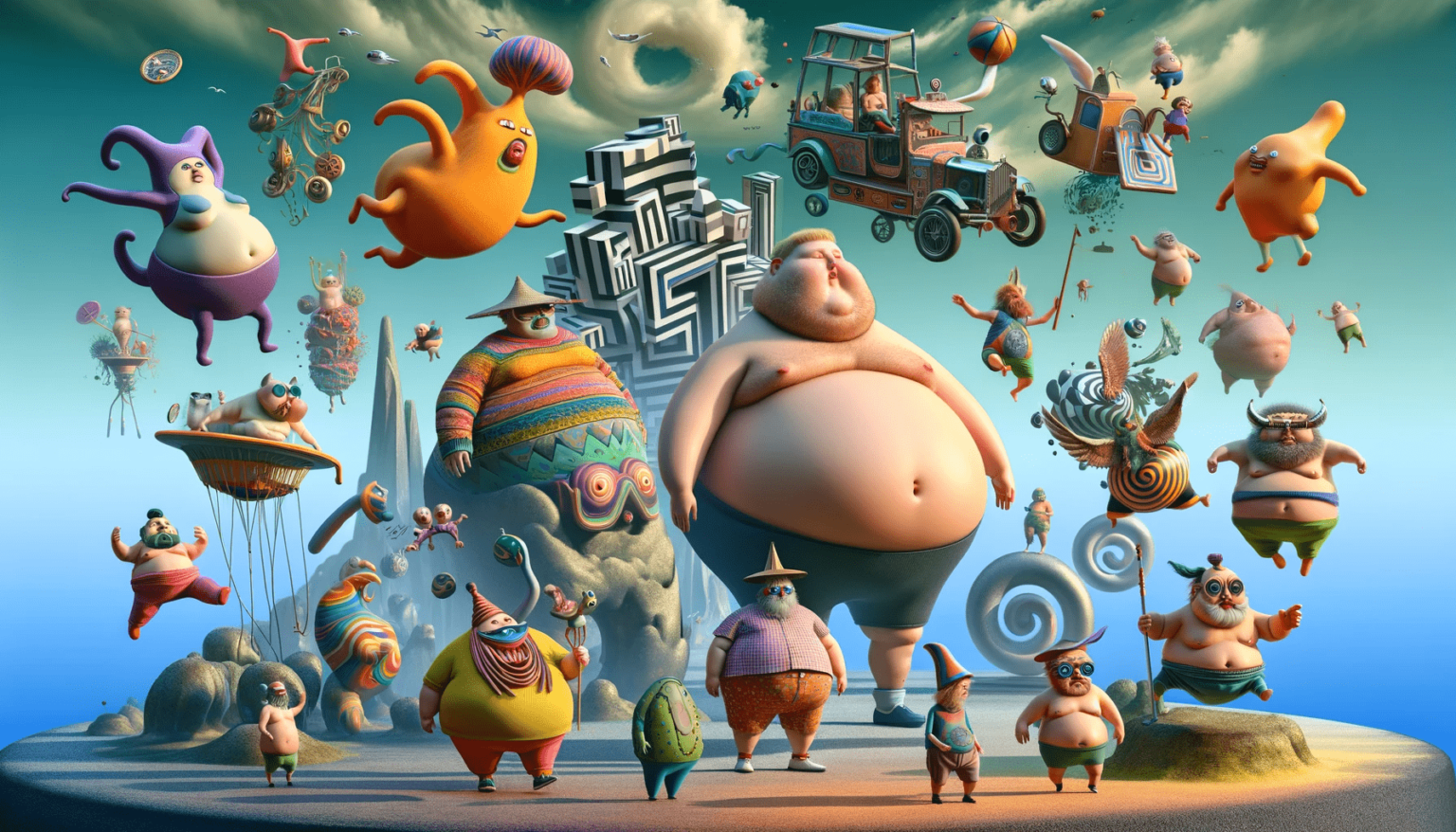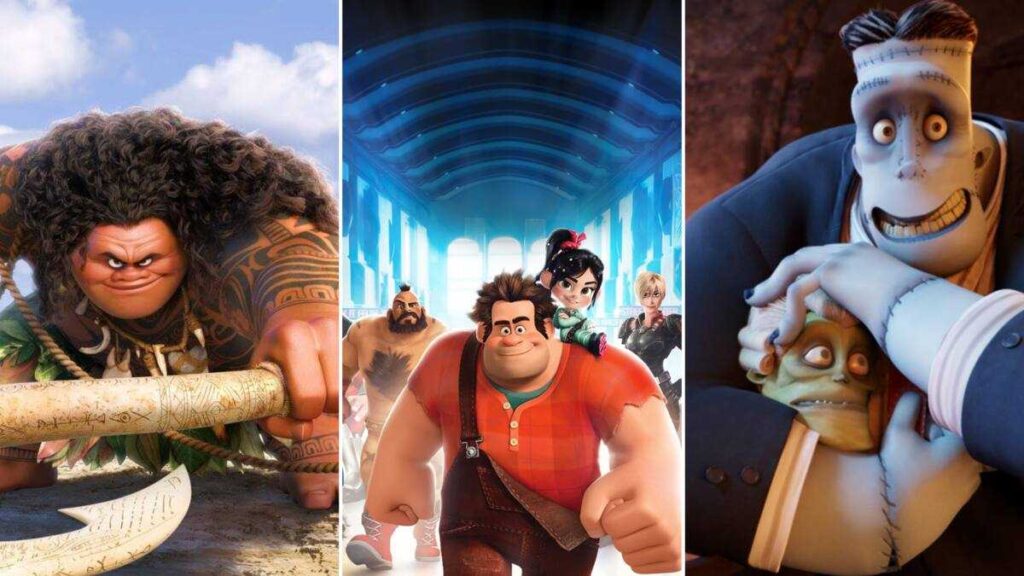Introduction
Fat cartoon characters come in all shapes and sizes, however fat cartoon characters hold an extraordinary spot in movement history. From adorable companions to appealing heroes, these characters frequently bring humor, appeal, and profundity to the accounts we love. This article investigates the notoriety of cartoon characters in liveliness, their job in forming stories, and why crowds associate with them.
The Role of Fat Cartoon Characters in Cartoon
Fat cartoon characters have been important for enlivened stories for quite a long time. Their plan, character, and eccentricities frequently fill remarkable needs in narrating.
Adding Humor and Comic Relief
Many fat cartoon characters are made to be interesting. Their misrepresented actual attributes and entertaining ways of behaving can make watchers chuckle easily. Consider characters like Homer Simpson from The Simpsons or Patrick Star from SpongeBob SquarePants. Their humor frequently comes from their jokes as opposed to their size, making them famous by their own doing.
Representing Relatability
Cartoon characters frequently reverberate with crowds since they reflect genuine variety. Characters like Garfield, who appreciates eating and relaxing, address the liberal side many individuals can connect with.
Iconic Fat Cartoon Characters Over the Years
Fred Flintstone (The Flintstones)
Fred Flintstone, the adorable and blundering spouse, is a perfect representation of a fat cartoon character who turned into a symbol. His size is essential for his appeal, adding to his everyman persona as he explores everyday life and work in Bedrock.
Winnie the Pooh
Winnie the Pooh’s round midsection and love for honey make him one of the most esteemed cartoon characters. His delicate nature and undertakings in the Hundred Section of Land Wood resound with youngsters and grown-ups the same.
Shrek
Shrek, the beast with a major heart, demonstrates that offbeat legends can sparkle. His size and appearance challenge customary thoughts of excellence and valor in activity.
Why Audiences Love Fat Cartoon Characters
Getting through the fame of fat cartoon characters comes from a few factors that make them charming and essential.
Breaking Stereotypes
Fat cartoon characters frequently oppose generalizations, displaying profundity and intricacy. They’re not simply lighthearted elements; they can be legends, tutors, and even lowlifes. Characters like Po from Kung Fu Panda exhibit that size doesn’t restrict significance.
Promoting Body Positivity
In a world fixated on appearances, fat cartoon characters advance body variety. They train watchers to embrace different body types, empowering self-acknowledgment and consideration.
Memorable Design
Activity depends on visual allure, and fat cartoon characters frequently stick out. Their adjusted shapes and expressive elements make them in a split second unmistakable and simple to recollect.
The Evolution of Fat Cartoon Characters
The depiction of fat cartoon characters has advanced throughout the long term, reflecting cultural changes.
Early Depictions in Cartoon
At the beginning of Liveliness, fat characters were frequently utilized only for comedic purposes. They were misrepresented and some of the time portrayed in manners that supported negative generalizations.
Modern Representations
Today, fat cartoon characters are more nuanced. They’re given insightful storylines, various jobs, and characters that go past their size. Present-day crowds value characters like Baymax from Huge Legend 6, whose size represents solace and care instead of a joke.
Challenges and Criticisms
While fat cartoon characters are darling, their depiction isn’t without challenges.
Risk of Reinforcing Stereotypes
A few characters risk propagating generalizations, for example, being lethargic, greedy, or unintelligent. Makers should work out some kind of harmony between humor and regard.
Limited Representation
Although headway has been made, cartoon characters are still underrepresented in driving jobs. More assorted and enabling depictions are expected to reflect reality.
Fat Cartoon Characters in Different Cultures
Activity from around the world unexpectedly depicts fat characters.
Western cartoon
In Western activity, cartoon characters like Peter Griffin (Family Fellow) and Ursula (The Little Mermaid) frequently encapsulate humor or villainy. Be that as it may, late patterns incline toward additional positive and complex portrayals.
Japanese Anime
Japanese anime highlights fat characters like Choji Akimichi (Naruto), who are solid and faithful. While certain portrayals can be cliché, others feature their extraordinary assets and capacities.
The Future of Fat Cartoon Characters
The eventual fate of liveliness holds incredible potential for fat cartoon characters to sparkle considerably more.
Inclusive Storytelling
As crowds request greater variety, artists are making characters that reflect different body types and encounters. Fat cartoon characters will probably assume more significant parts.
Inspiring New Generations
By depicting fat cartoon characters in enabling ways, illustrators can rouse fearlessness and compassion in watchers, forming a tolerating world.
Conclusion
Cartoon characters have cut a one-of-a-kind space in liveliness, giving pleasure, chuckling, and portrayal to crowds around the world. By investigating the fame of fat cartoon characters in activity, we see their importance in narrating as well as in advancing acknowledgment and variety. As liveliness keeps on developing, these characters will without a doubt stay a valued piece of our #1 stories.
FAQs
1. Why are fat cartoon characters popular?
Fat cartoon characters are well known because they add humor, appeal, and variety to stories. They frequently break generalizations and show significant examples of acknowledgment.
2. Who are some famous fat cartoon characters?
Well-known fat cartoon characters incorporate Homer Simpson, Winnie the Pooh, Shrek, and Fred Flintstone. These characters are cherished for their novel characters and critical jobs.
3. Do fat cartoon characters promote body positivity?
Indeed, many cartoon characters advance body inspiration by exhibiting different body types and stressing characteristics like benevolence, boldness, and humor.
4. How has the portrayal of fat cartoon characters changed over time?
Fat cartoon characters have developed from being simple lighthearted elements to mind-boggling and interesting people with significant storylines. This mirrors a shift toward more comprehensive narrating.
Explore more: hsnimewhimsy






